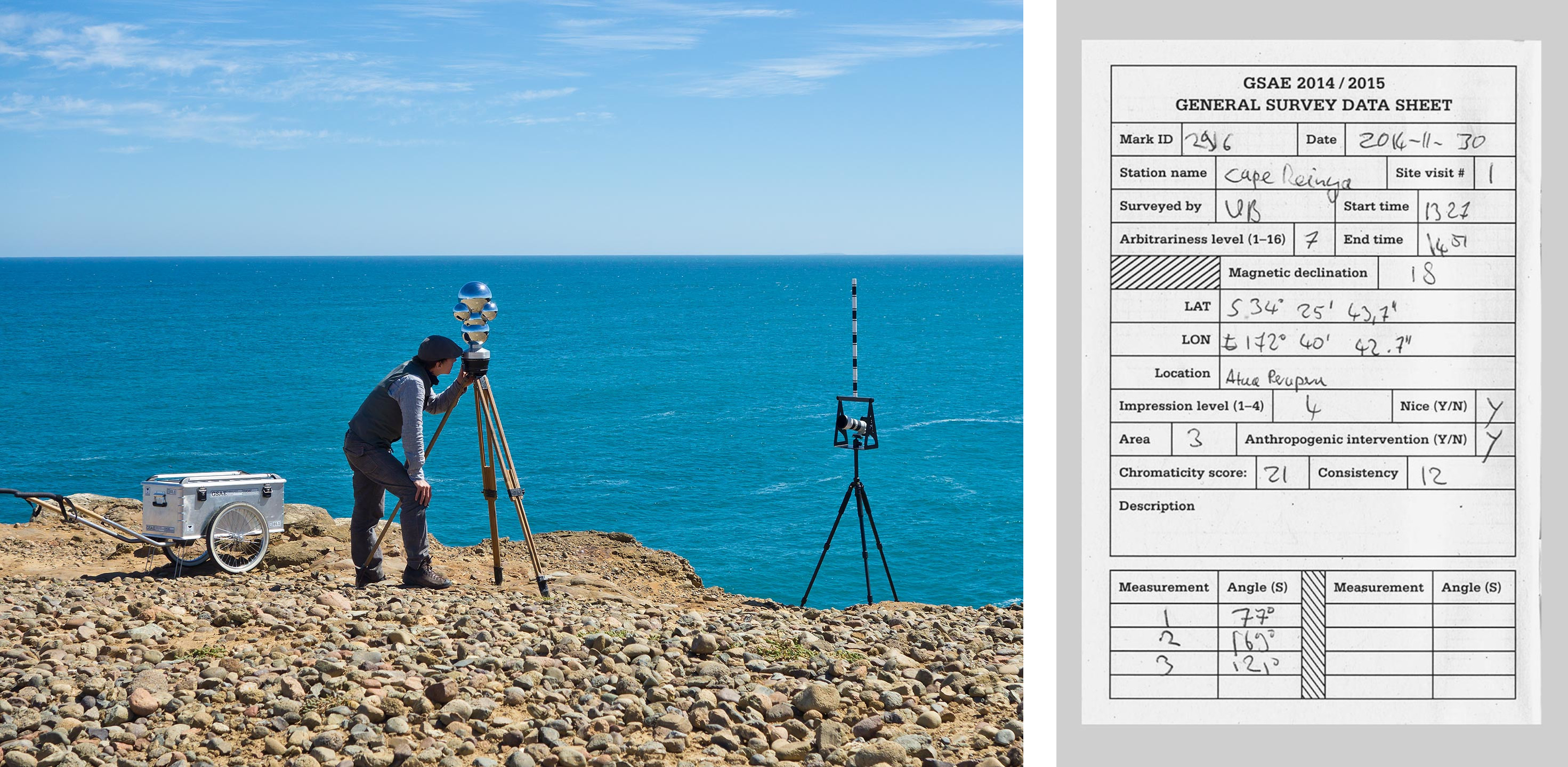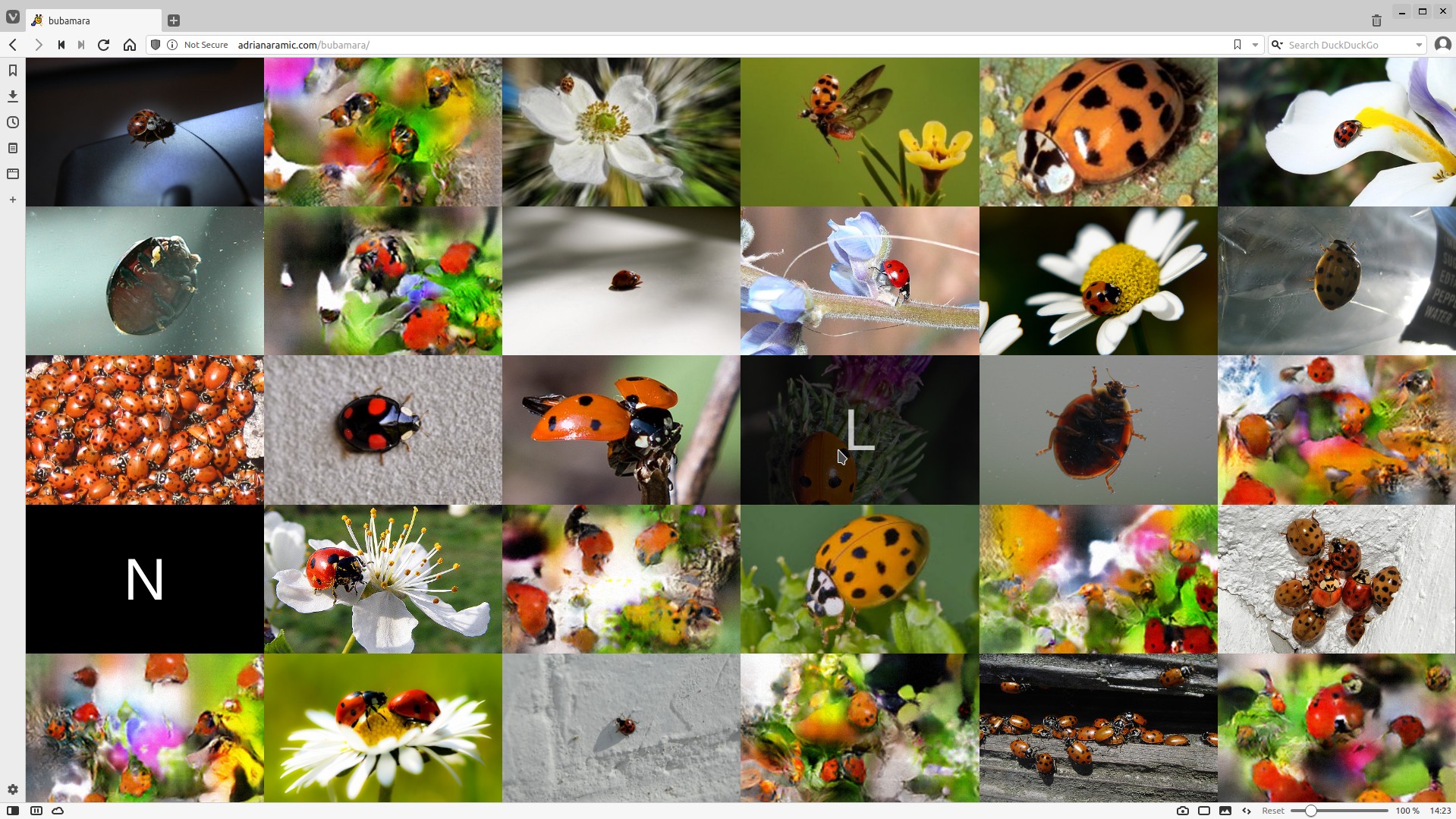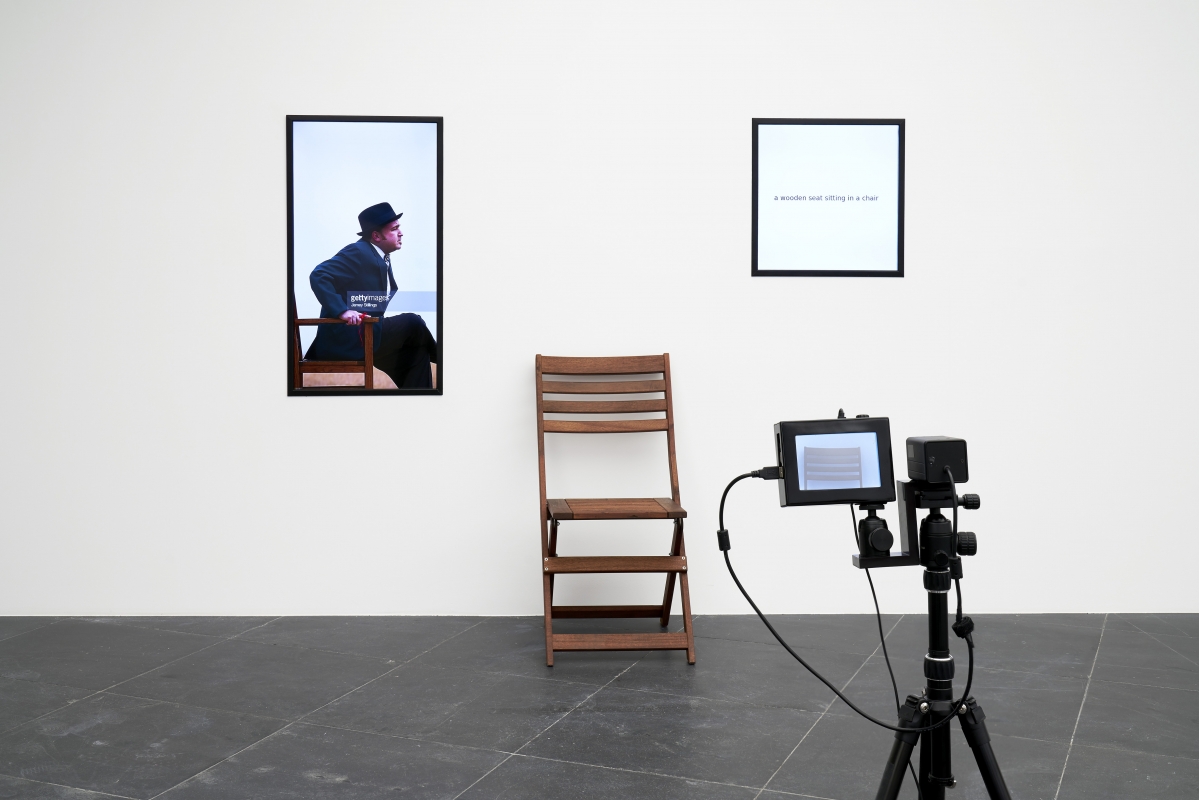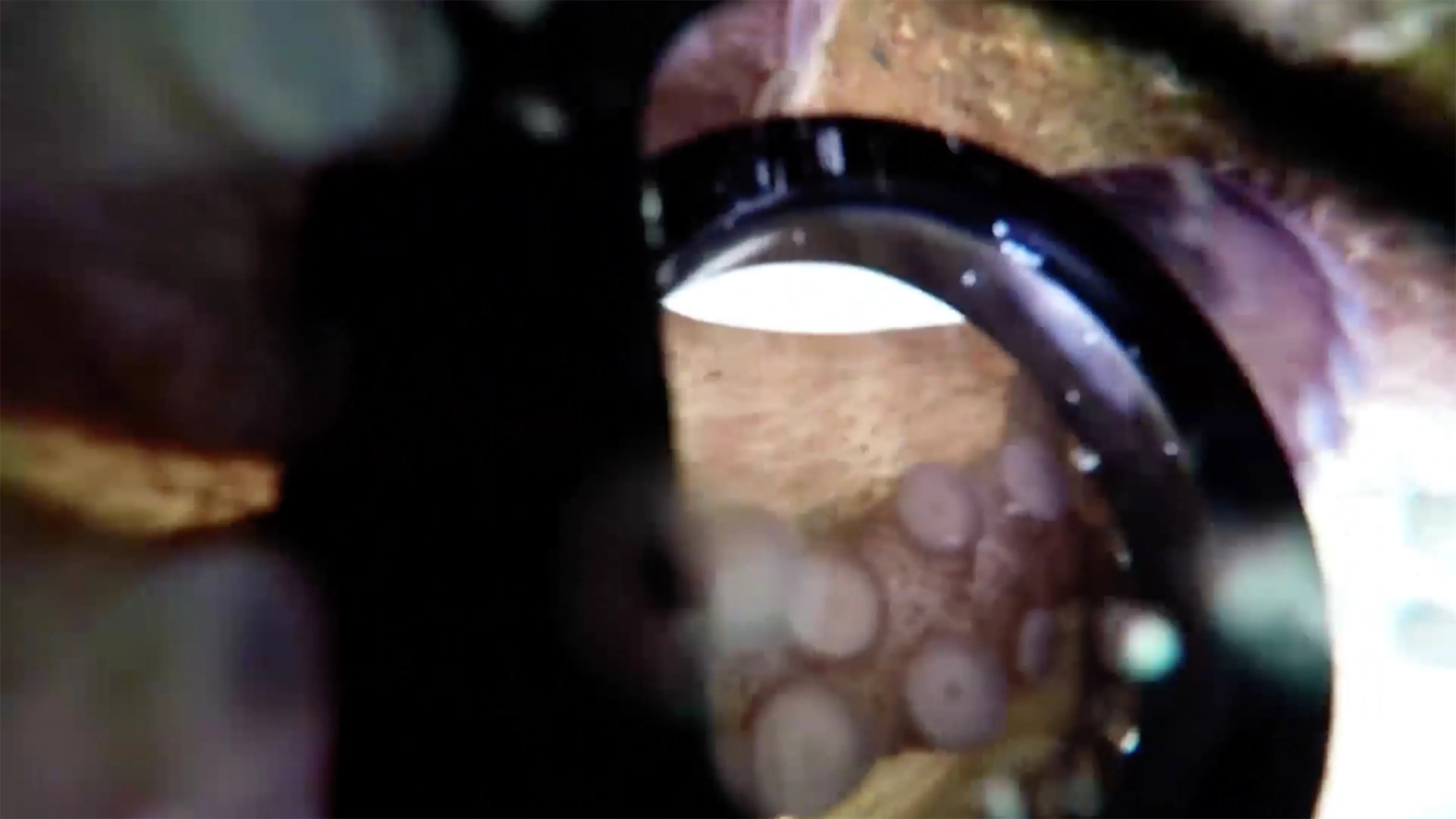Cognitive Sketches¶
Task¶
find something that you want to investigate, for e.g. a thing, a system, a device, a cognitive extension, an organism, a concept.
use our weekly sessions as inspirations for new methods of investigation.
sketches are enough. If you don’t have the ressources, programming skills, time or whatever you need to elaborate your ideas, just write it down as thoughts, thought experiments, concepts, poetry, …
Inspirations¶
Valentin Beinroth: General Survey Antipode Expedition (2014-15)


Coralie Vogelaar: Optimal Bin Packing (2019)

Fito Segrera: 1 & N Chairs (2017)

Hints¶
At this point we would like to give you a little inspiration for your cognitive sketches. Of course, you can also proceed differently if you have different ideas and associations.
The goal is that you look at a chosen object from different perspectives/ with different methods. “Object” is a very broad term - it can be a thing, a material, a situation, a text, an abstract concept, an organism, an artifact, …
Then you look at what you were particularly interested in during the individual lessons and try to relate this to your object. The aim is to get a different perspective on your object and to use a different method to grasp it.
The following are some examples of what this might look like. Of course you can take completely different paths. If you can’t think of anything for a week, it’s no problem.
05.11. Borges, The library of Babel
The library contains all kinds of books. You can transfer the idea to a library of all kinds of images or sounds. Would a library of all kinds of artwork be possible?
In the run-up Georg talked briefly about systems and borders: When you talk about system, the central term is the border. What is part of the system, where is inside, where is outside? A system communicates with something outside the system. Communication in this case is a border crossing. >> If you are interested in something, you could deal with it: Where are the boundaries of my object (no matter if it is a system)? How does communication with my object take place? Or how would communication (e.g. a new language) have to look like to be able to communicate with this object?
12.11. Algorithmic hypomnêmata (self-description)
Among other things, it was about how we use techniques (such as writing, algorithmic word processing, …) to change our view of ourselves and the world: Could I have a completely different view of my object with other techniques/ tools/ instruments?
Another aspect was the algorithmic determination by others. You could have a look at the documentation “The Social Dilemma”. Runs on Netflix. There are some suggestions like using a different search engine or checking how the search results change when you connect to the search engine from another country/region.
19.11. ON TH3 ROAD
Ross Goodwin and Gregor Weichbrodt used technical means (machine learning, GPS, navigation system) to expand their own cognitive abilities: You could look for ways to expand your cognitive abilities and thereby grasp your subject differently.
Beatnik: Does your object also contain a beatnik program?
In the beatnik programming language, words have a different meaning than in our everyday use of words: In beatnik, words mean actions that are performed. The actions are linked to words by means of letter values, i.e. free from the actual meaning of the words (example: “Kunstwerk” has the same meaning as “Berechenbar”). Can your object also be viewed with a different system of meaning?
26.11. STACK MACHINES, BEATNIK
Following the Stackmachine “Poem Embedding” you could write a text about your item, pick some words out of this text (maybe by chance?) and then combine these words with a new text.
Of course, this principle of the Stack Machine does not have to be followed so strictly. You could mix this selection of words in their order and then write a new text.
You could come up with your own set of rules with which your item must be described.
03.12. SEQUENCING Intro to Python
You could try using parts of the code for your item.
You could work with lists (in Python or outside programming).
If you are interested in loops/ iterations: Could your object be examined in many iterations (with slight variations)?
Could sorting methods be a worthwhile technique to look at your object differently?

